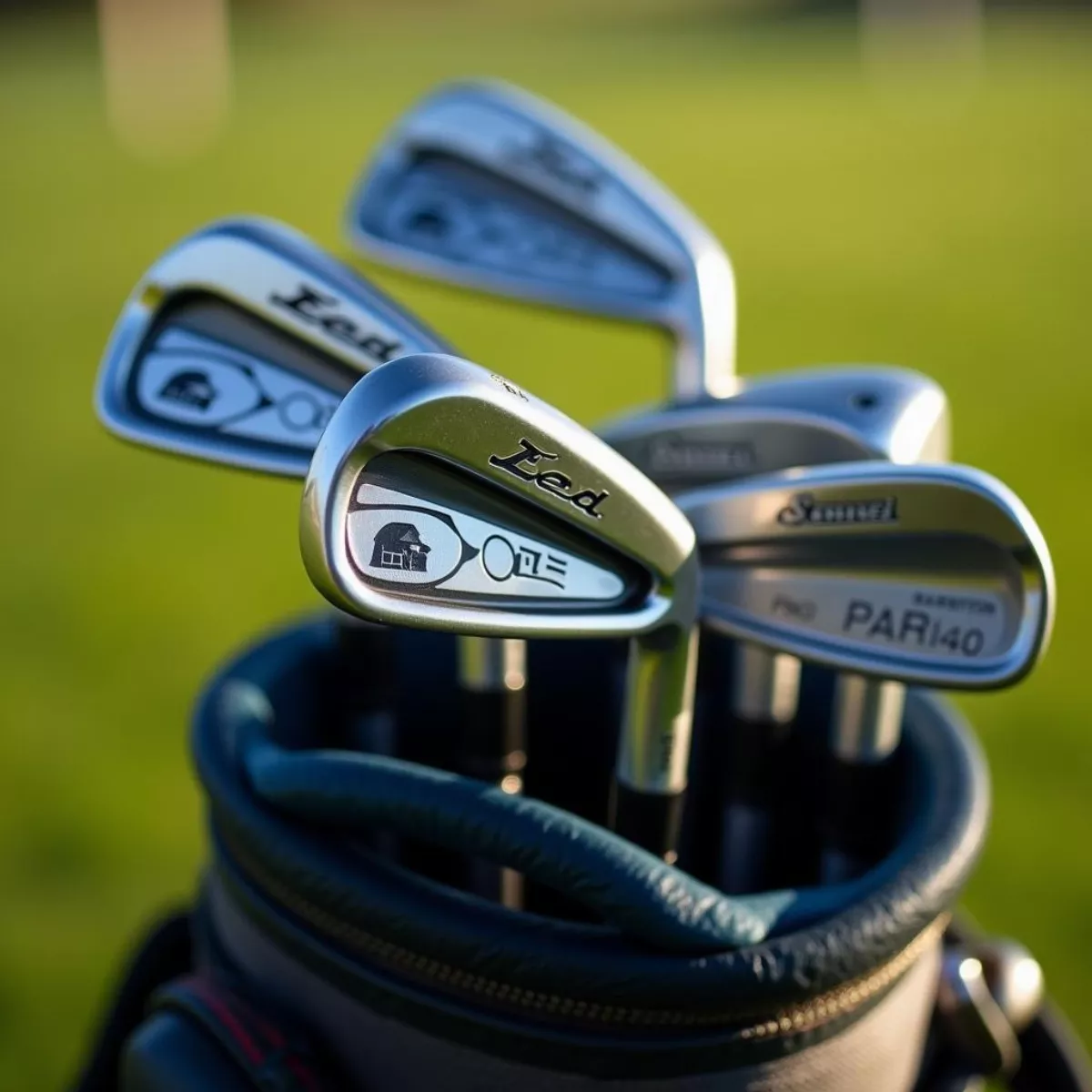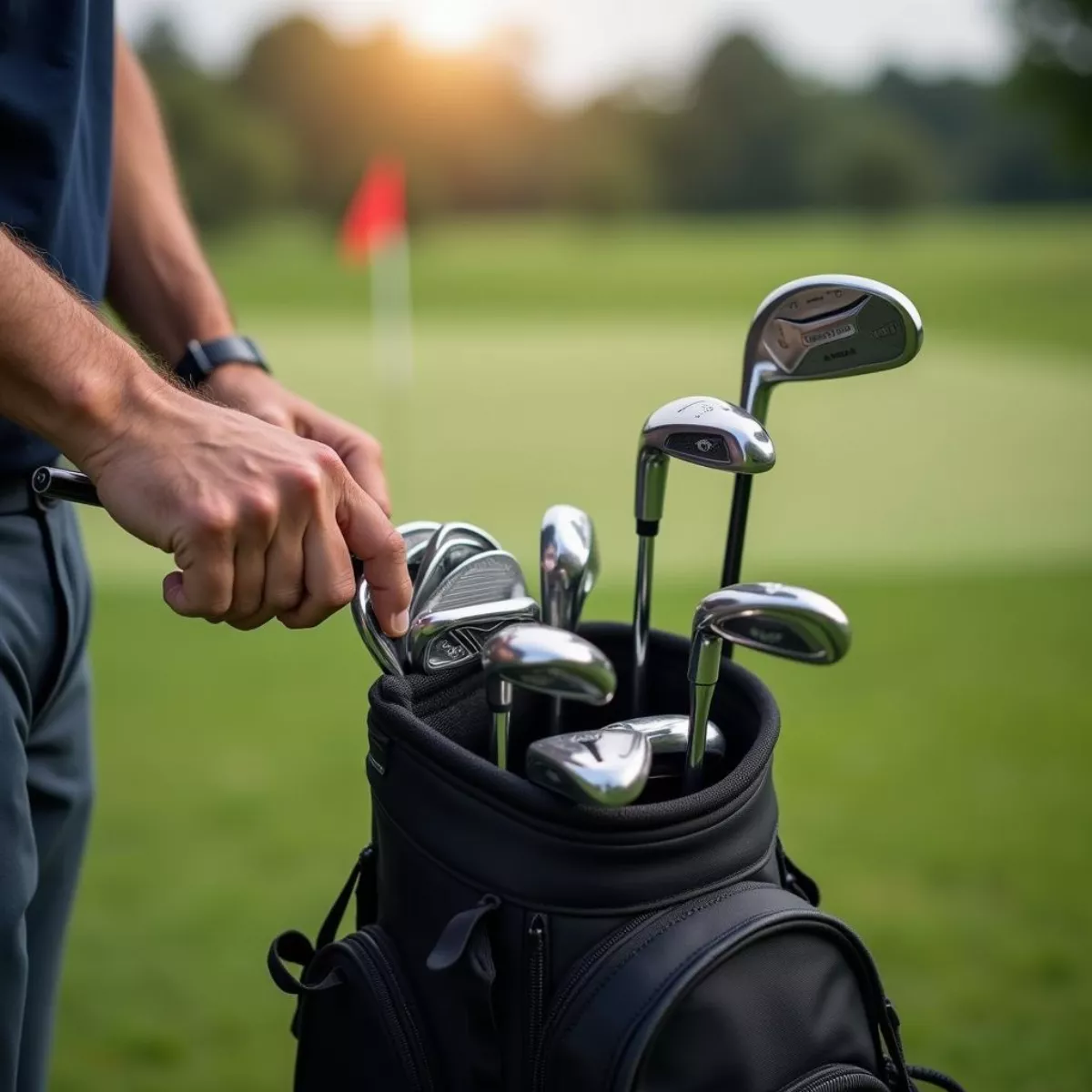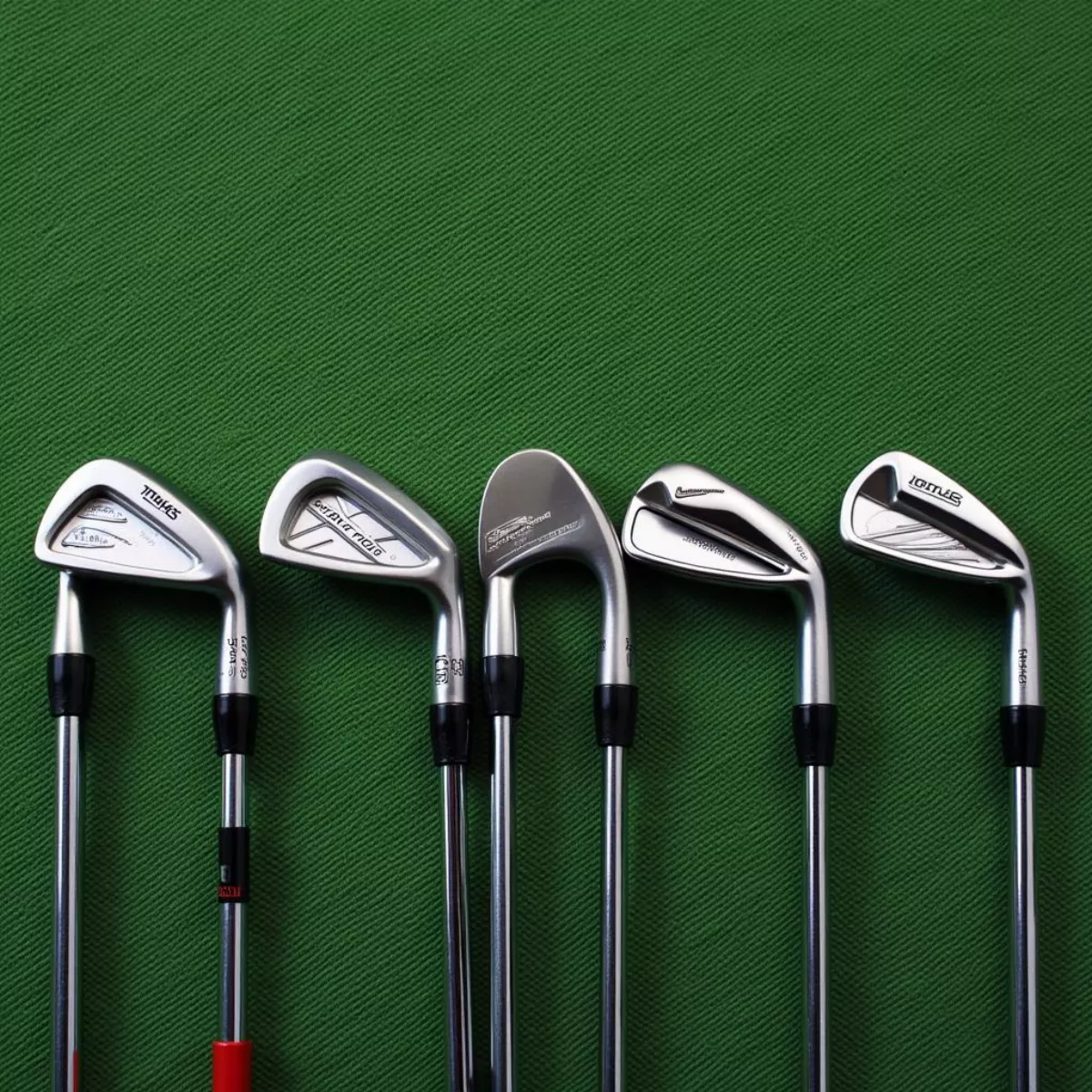Golf is a game of precision and strategy, and the equipment you choose plays a significant role in achieving success on the course. Among the essential components of any golfer’s arsenal, the irons are perhaps the most crucial. They are vital for countless shots, including approach shots to the green and chipping around the greens. But how many irons should you carry in your set? Let’s delve into the details.
Understanding Golf Irons
Before we dive into the specifics of how many irons make up a set, it’s essential to understand what irons are and how they function. Irons are clubs with a flat face and a shorter shaft than woods. They are numbered based on their loft, ranging from 2-iron (with a lower loft) to 9-iron (with a higher loft). The number indicates the degree of loft, which affects trajectory and distance.
Typical Iron Set Composition
A standard set of golf clubs typically includes:
- 3 Irons (3, 4, and 5)
- Mid Irons (6, 7, and 8)
- Short Irons (9-iron and pitching wedge)
- Optional: Gap wedge or sand wedge
Standard Configuration Table
| Iron Type | Number of Irons | Typical Loft Range (degrees) |
|---|---|---|
| Long Irons | 3, 4, 5 | 18 – 27 |
| Mid Irons | 6, 7, 8 | 28 – 34 |
| Short Irons | 9, PW | 35 – 45 |
| Wedges | GW, SW | 46 – 58 |
 Golf iron set
Golf iron set
How Many Irons Should You Have in Your Set?
In a standard set of golf clubs, you will find 7 to 9 irons. Here’s a breakdown of how different types of golfers configure their sets:
- Beginner golfers: Often start with a half set of clubs, often including a 5-iron to pitching wedge.
- Intermediate golfers: Generally opt for a full set, including 4-iron to sand wedge.
- Advanced golfers: Prefers a full set but sometimes adds specialized clubs such as a gap wedge or lob wedge.
The choice of how many irons to carry can depend on various factors:
- Skill level
- Playing style
- Course conditions
The Benefits of Each Iron
Each type of iron serves a different purpose, making them vital to your game:
- Long Irons: Ideal for longer approaches. They require good ball-striking skills due to their lower loft.
- Mid Irons: Great for shots from the fairway, offering a good balance between distance and control.
- Short Irons: Perfect for precision shots into the green, allowing for greater backspin and control.
“The right iron in your hand can make all the difference.” – Famous Golfer Quote
Choosing the Right Irons for Your Game
When selecting the number and type of irons for your set, consider the following:
- Skill Level: Novices may benefit from using more forgiving hybrid clubs instead of traditional long irons.
- Playing Style: Aggressive players might prefer more long irons, while finesse players might benefit from short irons.
- Course Layout: Assess the courses you frequently play. Courses with lengthy par 3s may necessitate robust long iron options.
 Golfer selecting an iron
Golfer selecting an iron
Hybrid Clubs as an Alternative
Hybrid clubs have gained popularity as they’re easier to hit than traditional long irons. Many golfers choose to replace traditional long irons (2, 3, and sometimes even 4-iron) with hybrids for better forgiveness and versatility.
Key Takeaways
- A standard iron set typically includes 7 to 9 irons, spanning from long to short.
- The arrangement usually features long irons, mid irons, short irons, and optional wedges.
- Your skill level and style of play should heavily influence your choice of how many irons to include in your set.
- Hybrids can be a great alternative to traditional long irons for added forgiveness and distance.
FAQs About Golf Irons
1. How many irons does a beginner golfer need?
A beginner golfer can start with 5-iron to pitching wedge and gradually add more as they improve.
2. What degrees of loft do clubs in a standard set have?
Clubs in a standard set typically range from 18 degrees for a 3-iron to around 45 degrees for the pitching wedge.
3. Can I replace my long irons with hybrids?
Yes, many golfers opt for hybrids as they are often easier to hit and provide more flexibility.
4. Do all golfers need the same number of irons?
No, the right number of irons varies per individual, depending on skill level, playing style, and course conditions.
 Variety of golf irons
Variety of golf irons
5. What clubs should I prioritize in my set?
Prioritize clubs that align with your strengths. Beginners may start with short irons and wedges for proximity to the hole.
6. Is it better to have more wedges in the set?
It depends on your short game. Having multiple wedges can provide versatility around the greens.
7. Where can I find the type of irons best suited for me?
Consult your local pro shop, and consider getting fitted to understand better which set complements your playing style.
8. What is the difference between a pitching wedge and a gap wedge?
A pitching wedge typically has a loft of 45-48 degrees, while a gap wedge fills the loft gap with around 50-52 degrees.
9. Are branded irons better than non-branded?
Not necessarily. While branded clubs might come with a perceived prestige, the best iron set is one that’s the right fit for your game.
10. Can customizations help with my irons?
Yes, many manufacturers offer customization options, including shaft type, length, and grip which can significantly impact your performance.
Feel free to reach out with any further questions, or check out our additional articles on choosing the right golf clubs and improving your short game.
Arming yourself with the right knowledge about irons can go a long way in helping you take your golf game to the next level. Get out on the course, experiment, and most importantly, have fun! Happy golfing!